A guest post by Mark Braude, Postdoctoral Research Fellow / Project coordinator, Humanities + Design, Center for Spatial and Textual Analysis (CESTA), Stanford
An Overview of Palladio
Palladio (palladio.designhumanities.org) is a web-based platform that allows any researcher to upload, visualize, and analyze complex and multi-dimensional data, directly in a web browser. The Palladio visualization system combines a primary view with filters to make it easy to query a data set. There is no need to create an account and nor do we store any data. Any work done in the browser can be saved and shared as a Palladio Project, which takes the form of a .json file.
Read More»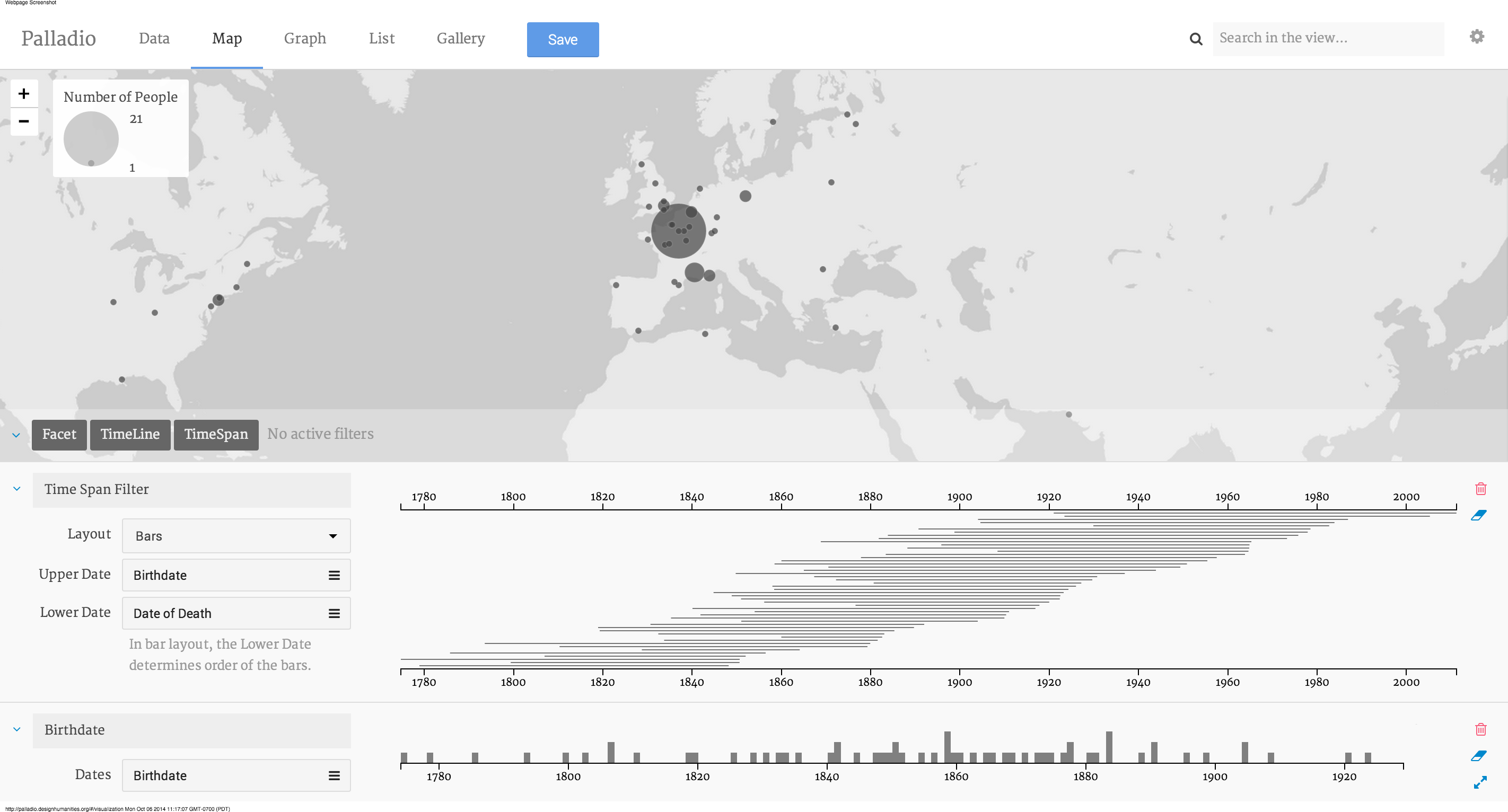

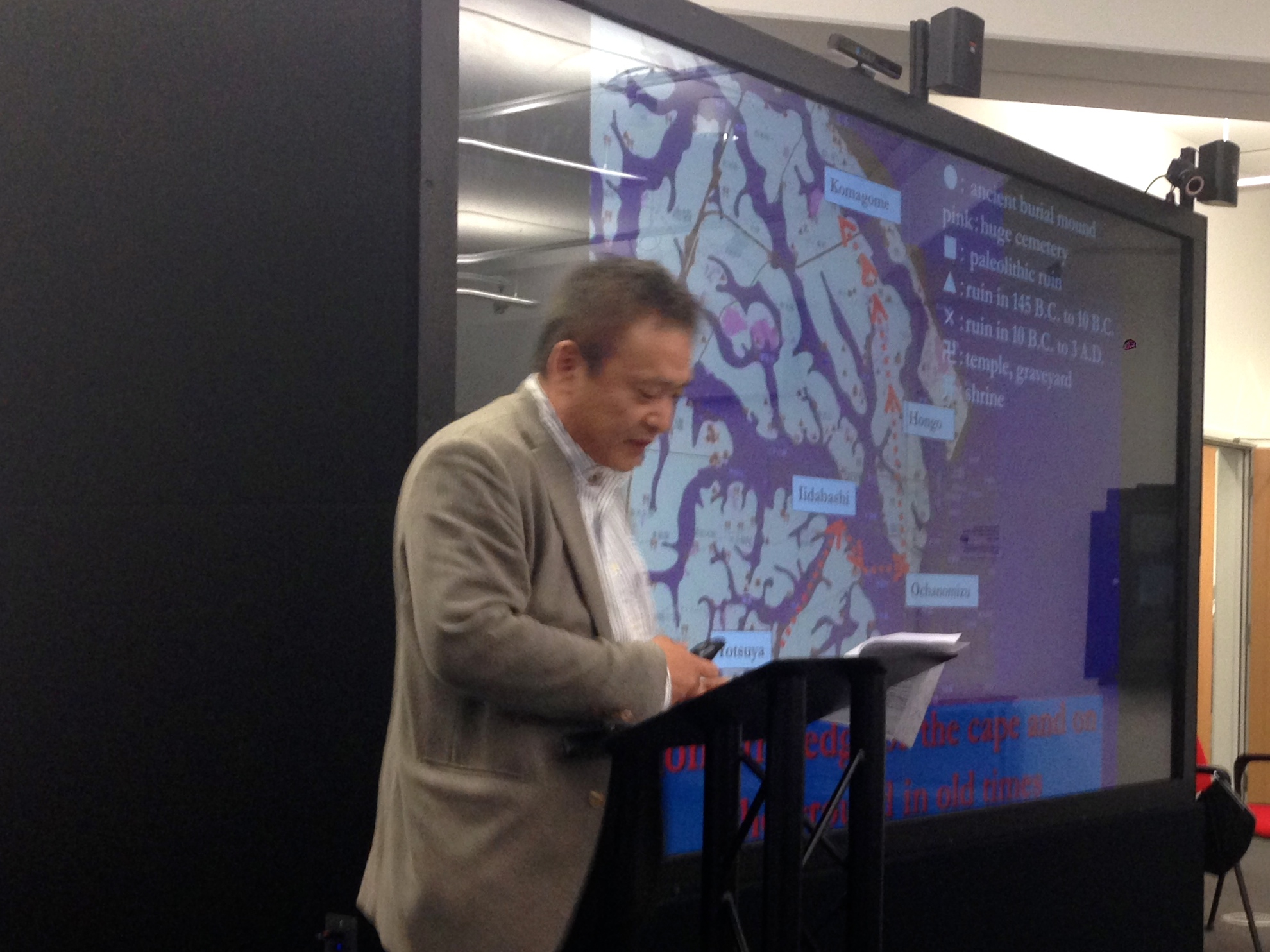
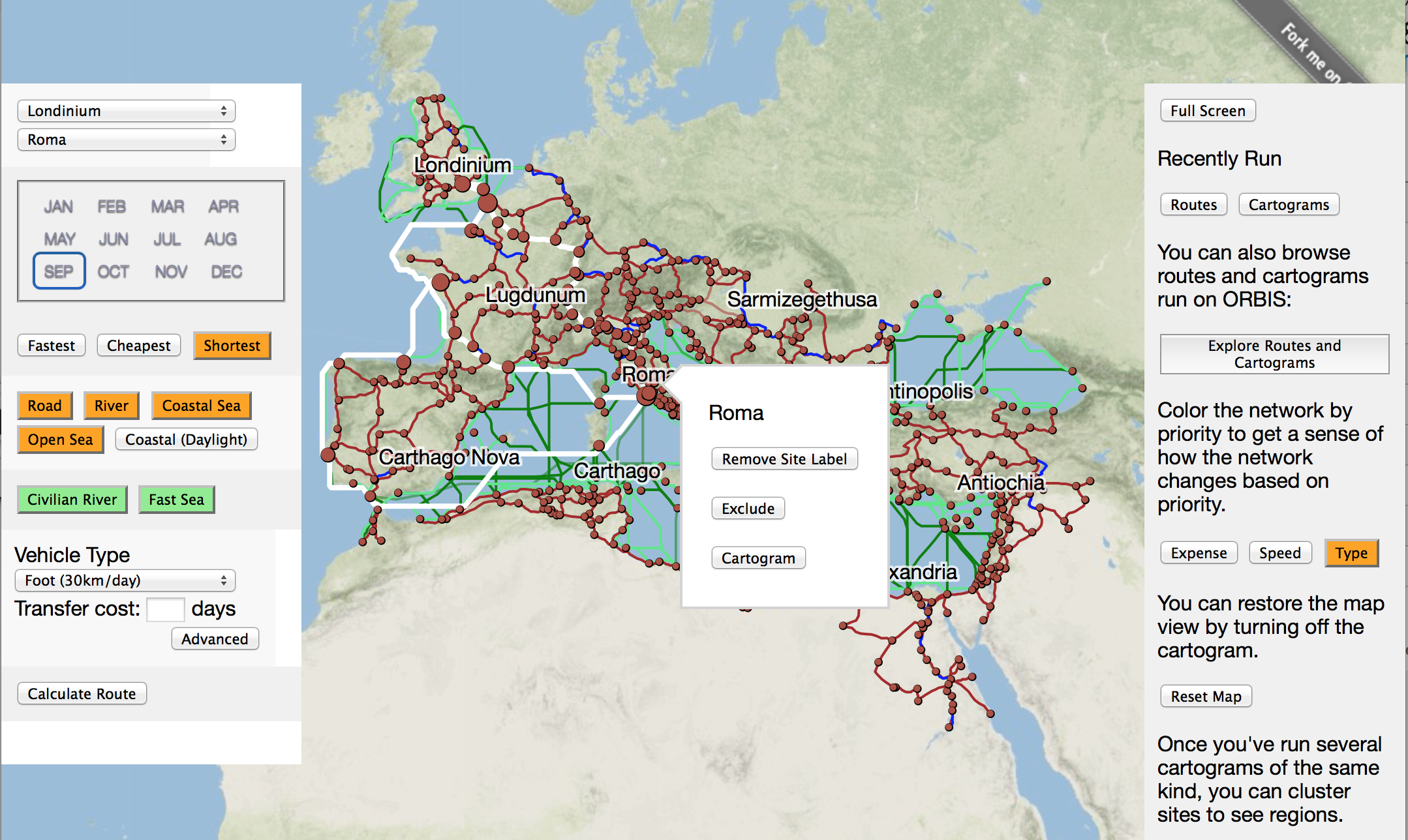
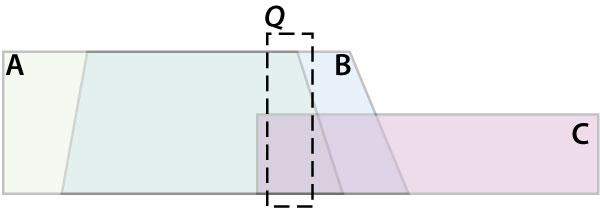
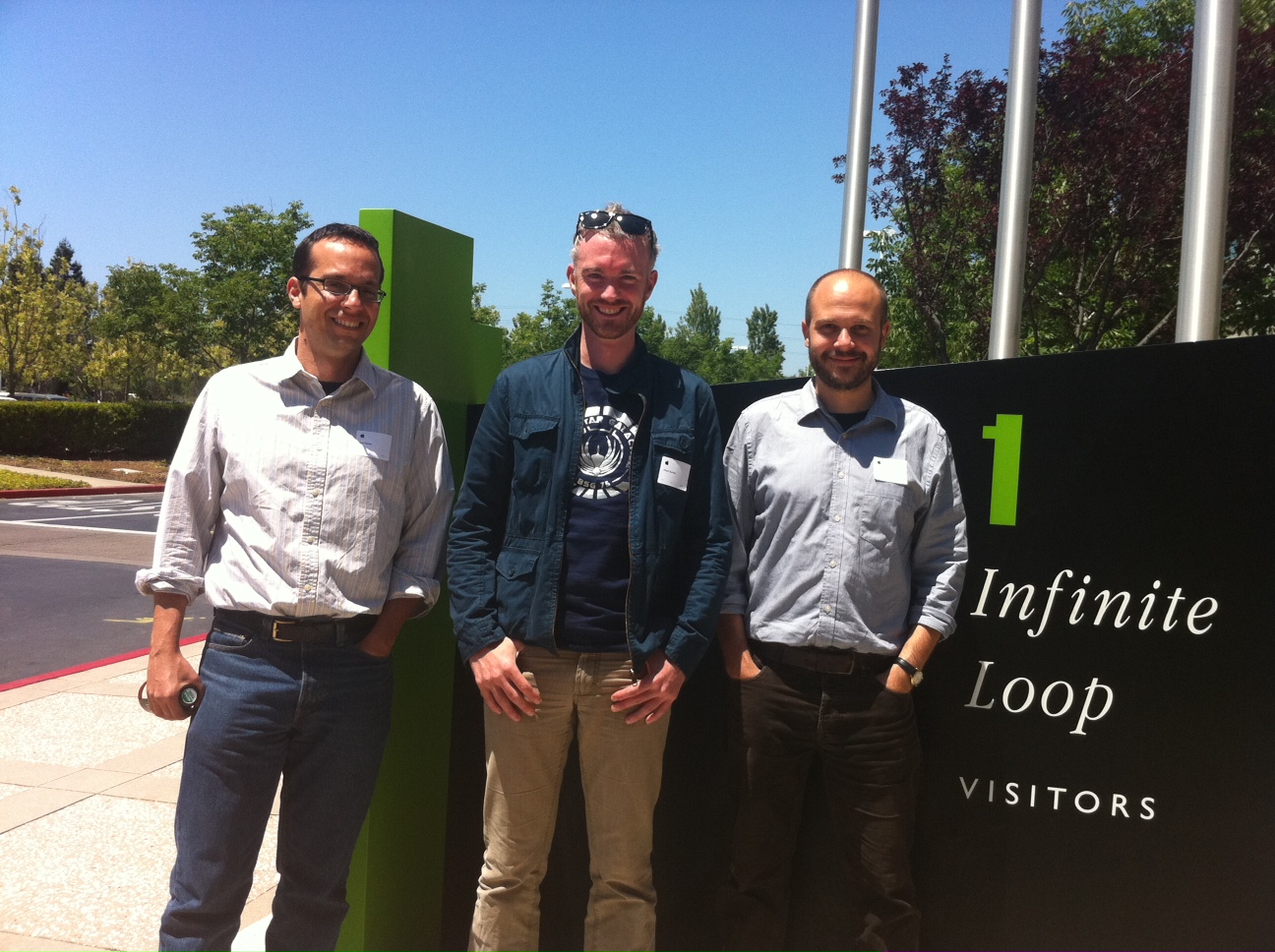
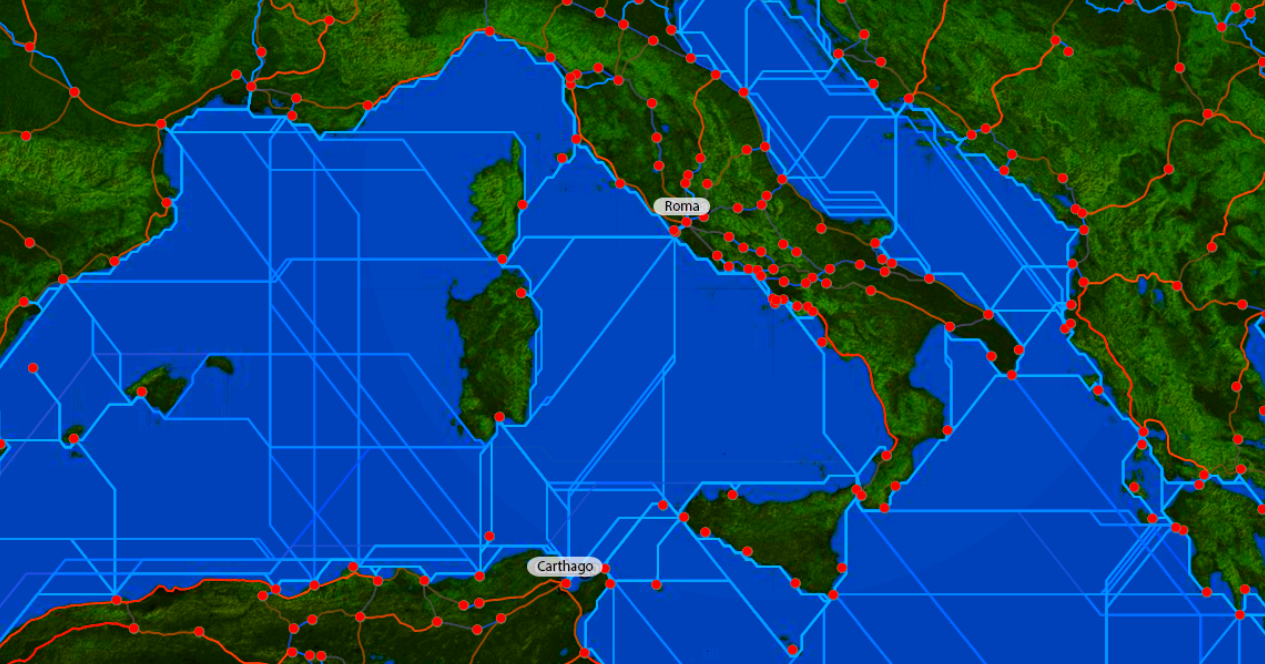
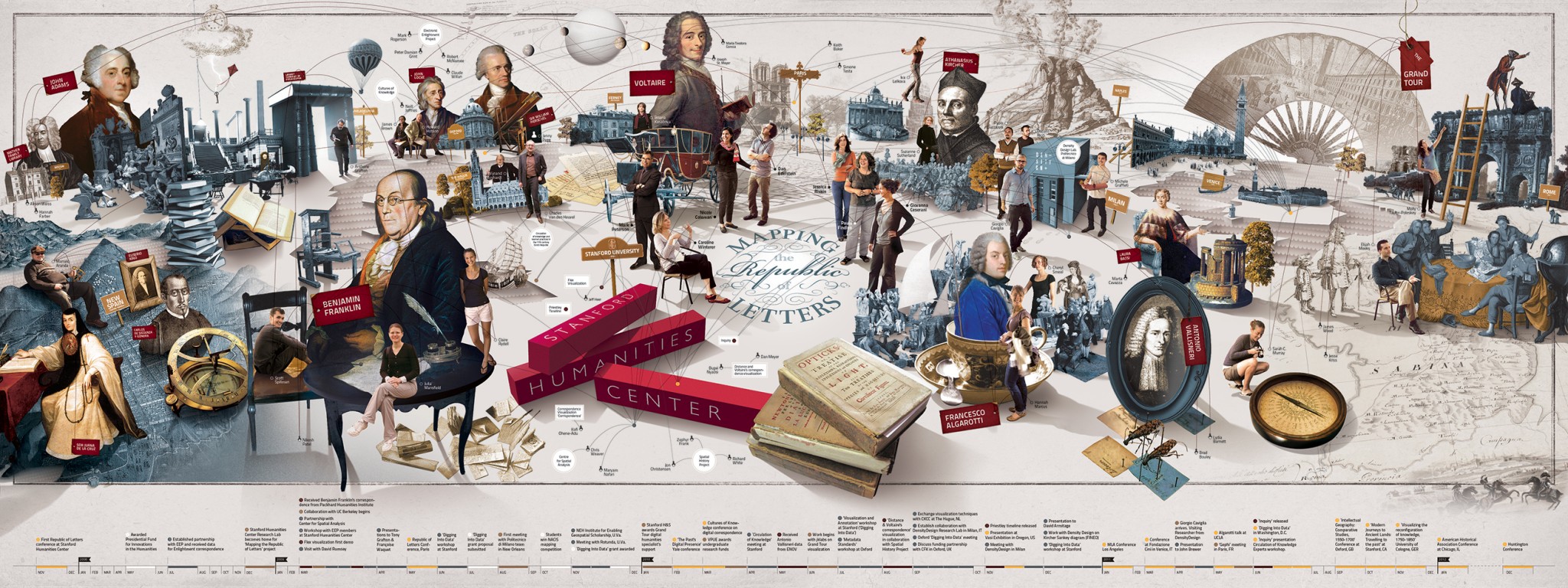
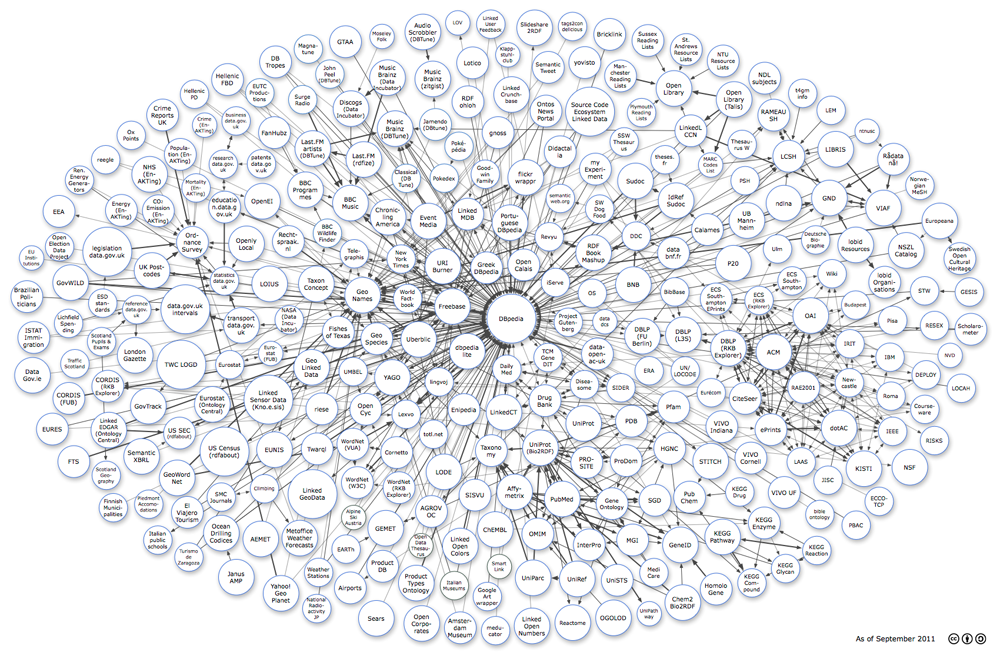
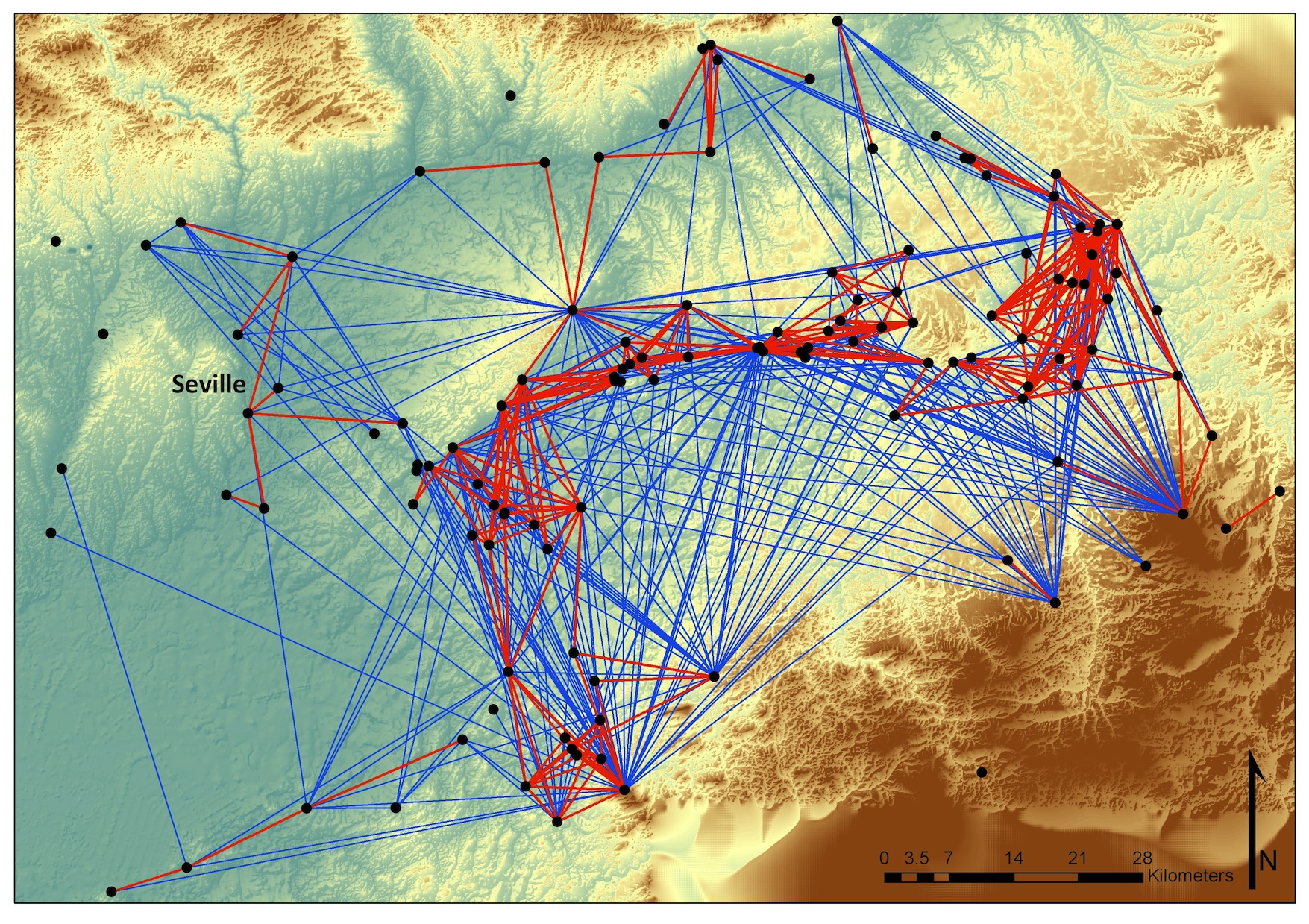







You must be logged in to post a comment.